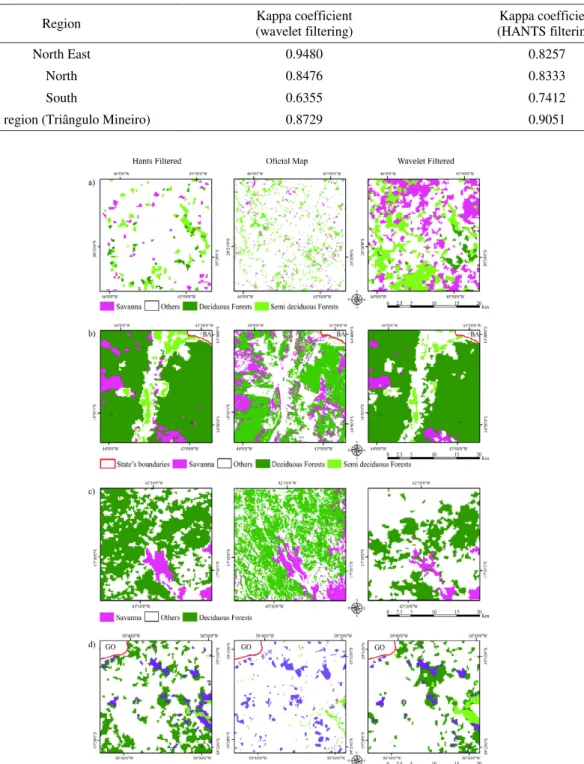MAPPING DECIDUOUS FORESTS BY USING TIME SERIES OF FILTERED MODIS NDVI AND NEURAL NETWORKS Thomaz Chaves de Andrade Oliveira1 , Luis Marcelo Tavares de Carvalho2 , Luciano Teixeira de Oliveira
Texto
Imagem


Documentos relacionados
O uso das novas tecnologias na concepção dos trabalhos escolares envolve o comprometimento de todos os agentes envolvidos (alunos, professores, supervisão e
In this paper we used autoethnography to trace the way that community, identity and technologies contribute to our sense of place, with vignettes as data for
The image processing included the following steps ( Figure 2.3 ): (a) acquisition of MODIS images; (b) development of a 3D-cube composed by NDVI-MODIS time series; (c)
Percentage of cropland areas for municipalities in Mato Grosso for each of the 2006–2009 crop years, estimated using Modis NDVI time series, showed good agreement
simple ratio (SR), normalized difference vegetation index (NDVI), enhanced vegetation index (EVI), soil adjusted vegetation index (SAVI), and green normalized difference
In this study, the linear regression models were obtained between normalized difference vegetation index (NDVI), obtained by terrestrial optical sensor, with the
Protocolo de atenção à saúde e resposta à ocorrência de microcefalia relacionada à infecção pelo vírus Zika Ministério da Saúde, Secretaria de Atenção à Saúde –
The present study aimed to evaluate the accuracy of the Normalized Difference Vegetation Index (NDVI) and Inverse Ratio Vegetation Index (IRVI) in the prediction of grain yield